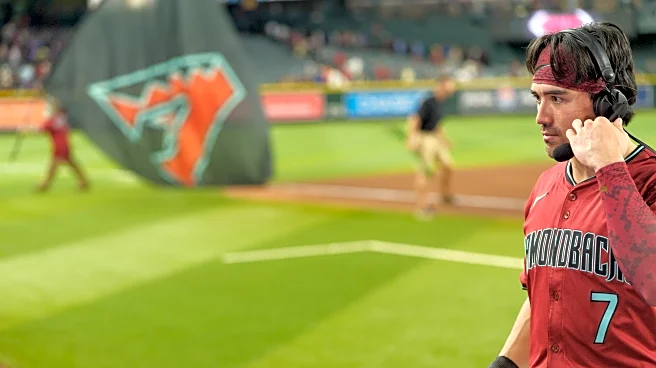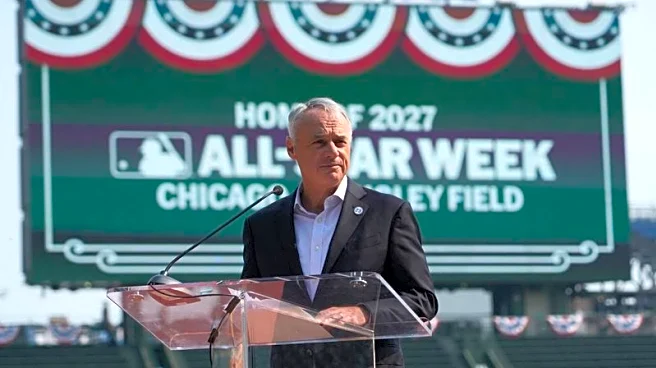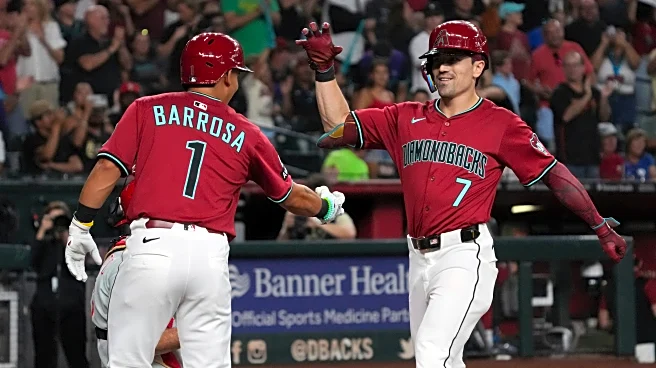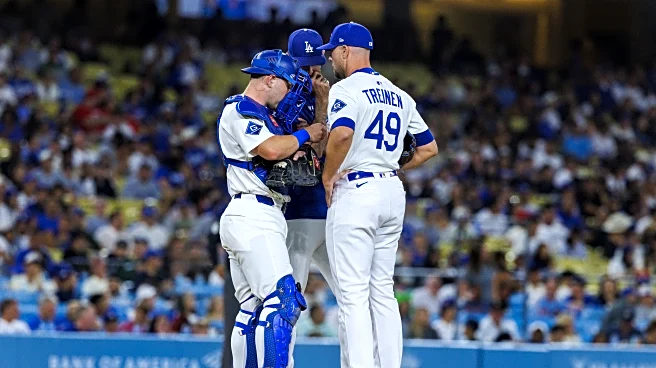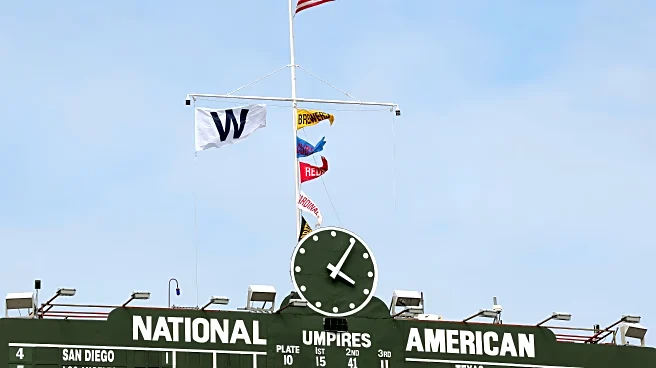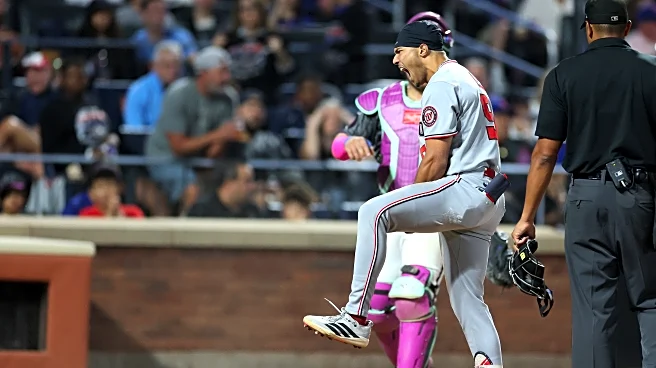It’s been rumored for some time and tested in the minor leagues, the Arizona Fall League and this year’s Spring Training.
I’m talking, of course, about the automated ball-and-strike challenge system.
Tuesday,
MLB’s Competition Committee, which consists of six owners, four players and one umpire, approved the ABS system for use in major league games in 2026.
Here’s how it will work, per the league.
- The ABS Challenge System runs on a 5G private network from T-Mobile for Business’ Advanced Network Solutions. Twelve (12) Hawk-Eye cameras set up around the perimeter of the field track the location of each pitch. If a pitcher, catcher, or batter disagrees with the umpire’s initial call of ball or strike, he can request a challenge by immediately tapping on his hat or helmet and vocalizing a challenge. The pitch location is compared to the batter’s strike zone, and if any part of the ball touches any part of the strike zone, the pitch will be considered a strike. The home plate umpire will announce the challenge to the fans in the ballpark and a graphic showing the outcome of the challenge will be displayed on the scoreboard and broadcast. The entire process takes approximately 15 seconds.
- Each club will start the game with two challenges, and all successful challenges are retained. Only the pitcher, catcher or batter may challenge an umpire’s call of ball or strike. Challenges must be requested immediately after the call, and players may not receive help from the coaching staff, other players, or anyone else. In each extra inning, a team will be awarded a challenge if it has none remaining entering the inning.
- The strike zone will be a two-dimensional rectangle that is set in the middle of home plate with the edges of the zone set to the width of home plate (17 inches) and the top and bottom adjusted based on each individual player’s height (53.5% of the batter’s height at the top and 27% at the bottom). As was the process ahead of 2025 Spring Training, independent testers will measure players in Major League Spring Training using a standardized process. MLB will certify each player’s official height before that player may appear in any Major League game.
The challenges will also be shown on video boards at ballparks, as replay reviews are now.
Here are some statistics from MLB’s tests of the ABS system during this year’s Spring Training in various situations.





As you can see by the last graphic, in Spring Training the inning didn’t really matter as far as how many pitches were challenged. In actual regular season games, I would expect this to change as teams and players would likely save their challenges for crucial situations. In Spring Training this year players were encouraged to challenge pitches to test out the system.
Here’s what Commissioner Rob Manfred said about this change, in a statement: “The previous rule changes that have been adopted by the Joint Competition Committee have had staying power and created momentum for the game. We used the same process with ABS that started with listening to fans, conducting extensive testing at the minor league level, and trying at every step to make the game better. Throughout this process we have worked on deploying the system in a way that’s acceptable to players. The strong preference from players for the Challenge format over using the technology to call every pitch was a key factor in determining the system we are announcing today. I commend the Joint Competition Committee for striking the right balance of preserving the integral role of the umpire in the game with the ability to correct a missed call in a high-leverage situation, all while preserving the pace and rhythm of the game. I thank the Major League Umpires for their collaboration and the Major League Players for their feedback in moving the game forward for the fans.”
I can’t tell you how happy I am that MLB is finally adopting this system. They have been testing it in various forms for the last four seasons, and the tests were necessary to fine-tune the system and get one that actually works well for everyone involved. You’ve probably seen pitches that are shown on various broadcasts that might have been challenged and overturned using this system, and now we will see those, beginning next year.
Bring on our robot overlords!

